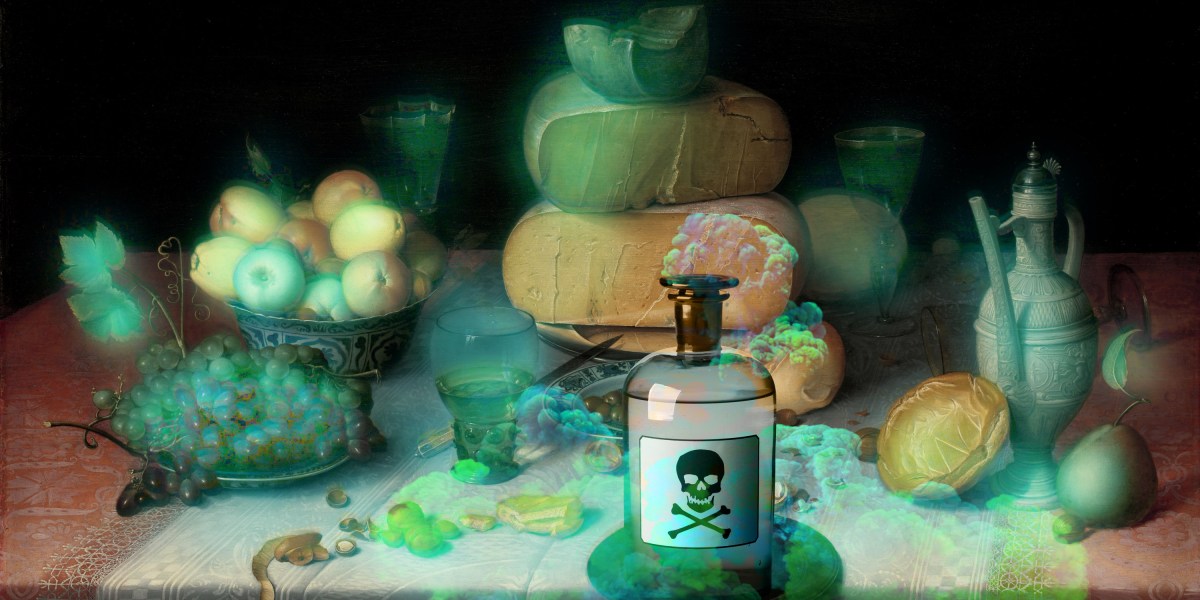A new tool lets artists add invisible changes to the pixels in their art before they upload it online so that if it’s scraped into an AI training set, it can cause the resulting model to break in chaotic and unpredictable ways.
The tool, called Nightshade, is intended as a way to fight back against AI companies that use artists’ work to train their models without the creator’s permission.
[…]
Zhao’s team also developed Glaze, a tool that allows artists to “mask” their own personal style to prevent it from being scraped by AI companies. It works in a similar way to Nightshade: by changing the pixels of images in subtle ways that are invisible to the human eye but manipulate machine-learning models to interpret the image as something different from what it actually shows.



Obviously this is using some bug and/or weakness in the existing training process, so couldn’t they just patch the mechanism being exploited?
Or at the very least you could take a bunch of images, purposely poison them, and now you have a set of poisoned images and their non-poisoned counterparts allowing you to train another model to undo it.
Sure you’ve set up a speedbump but this is hardly a solution.
Obviously, with so many different AIs, this can not be a factor (a bug).
If you have no problem looking at the image, then AI would not either. After all both you and AI are neural networks.
An AI don’t see the images like we do, an AI see a matrix of RGB values and the relationship they have with each other and create an statistical model of the color value of each pixel for a determined prompt.
That’s not quite how it works. The pixels are just the first layer. Those get broken down into edges. The edges get broken down into shape. The shapes get broken down into features like eyes, noses, etc. Those get broken down into faces. And so on. It’s hierarchical feature detection. Which also happens to be what the human brain does.
The actual “drawing” the AI does is quite a bit different however. The diffusion works by starting with random noise and then gradually denoising it until an image emerges. While humans can approach painting that way, it’s rather rarely done so.